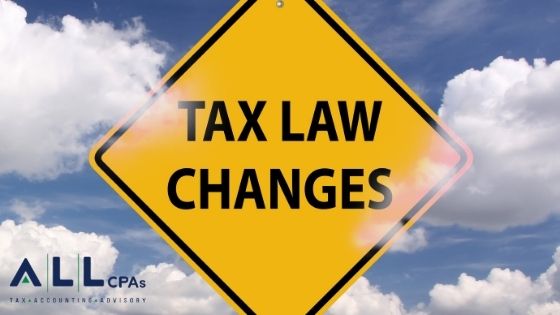
You’ve decided to sell your company. How do make sure you will receive fair value for the true worth of the business? After all, you have spent years building a brand, a reputation and success of your business. Now that you’re finally considering your exit strategy, it is vital that you can meet your objectives when the exit is imminent.
What if you are the buyer looking at a target company? Acquiring firms and private investors focus on a target company’s operations, financial health and risk profile. To meet the objectives of both parties, sellers and buyers often utilize pre-transaction due diligence providers to carefully and methodically investigate a target company.
The due diligence process typically commences at the start of the exclusivity period, which is the result of an agreed-upon letter of intent between a buyer and seller. Depending on a number of factors (e.g., deal size, the risk appetite of the parties), the parties may consider a wide array of deal issues during the diligence period. For example, the parties may undertake diligence in any or all of the following areas:
- Financial
- Information technology and intellectual property
- Contracts
- Legal, regulatory and compliance matters
- Operations
- Insurance
- Environmental
- Corporate matters
- Marketing
- Competition
Financial due diligence and a quality of earnings report provides buyers a third-party analysis of the target company’s financial statements and summarizes the financial stability of what is being acquired or sold. While financial due diligence is most frequently undertaken by buyers, it is oftentimes beneficial for the target company to perform its own due diligence work (i.e., sell-side due diligence). Financial due diligence focuses on and analyzes the target’s normalized EBITDA (earnings before internet, taxes, depreciation and amortization), working capital and other important financial areas. As part of the process, both the target company’s management and the buyer’s financial advisors will typically perform the following general procedures and analyses:
-
- Normalizing adjustments to EBITDA, including non-recurring income and expense items, executive compensation, related party transaction, EBITDA bridges and recasted income statements
-
- Revenue recognition and analysis, including seasonality, revenue bridges and industry-specific issues or regulations
-
- Customer, vendor and product analysis, including year-over-year sale trends, concentrations, alternative suppliers and margins
-
- Income statement analysis, including analyses on gross margin, operating expenses and margin, and other income and expenses
-
- Balance sheet analysis, including cash proof analysis, accounts receivable aging, inventory detail, reserve calculation, fixed asset and capital expenditures review, accounts payable aging and review of accruals
-
- Working capital analysis, including seasonality, normalizing adjustments, and removal of cash and debt items
In addition to the general procedures outlined above, financial due diligence may involve more tailored diligence work specific to the risks, operations and cash flows of the target company. The primary objective of these procedures and related analyses is to help answer some common questions:
- What is the company’s current and historical financial performance and condition?
- Is the company currently audited or reviewed by an independent accounting firm? Do month-end closing procedures mirror year-end closing procedures?
- Does the company have any revenue recognition issues and/or are the revenue recognition policies in accordance with generally accepted accounting principles? How does the seasonality of the company impact the financial statements?
- Does the company have a customer, vendor and/or product concentration? Does it have contracts in place with its top customers, and does it achieve greater margins with certain customers, vendors or products?
- Who are the most important employees to the company? Is the company currently under- or over-staffed?
- What is the normalized amount of operating expenses needed to run the business? Are there opportunities to reduce operating expenses?
- What is the aging of the company’s current accounts receivable? Does the company carry any slow moving inventory and/or what is the aging of the company’s current inventory stock? Is the company consistently accruing for its monthly liabilities? Does the company carry any liabilities or obligations greater than 90 days, and if so, why?
- What is the normalized working capital necessary to continue to run the business at its current production levels?
Do you have questions about the due diligence process? If so, our business valuation team can help you with any questions, or call us at 617-738-5200.
Recent Articles
Rising Construction Costs from COVID-19 Lead to New Bidding Approaches
Like other essential industries, t [...]
Nexus Requires Compliance and Begins by Filing Tax Returns
“Nexus” may sound like the name of [...]
The Impact You May See from the Build Back Better Act’s Tax Changes
The Build Back Better Act came und [...]




